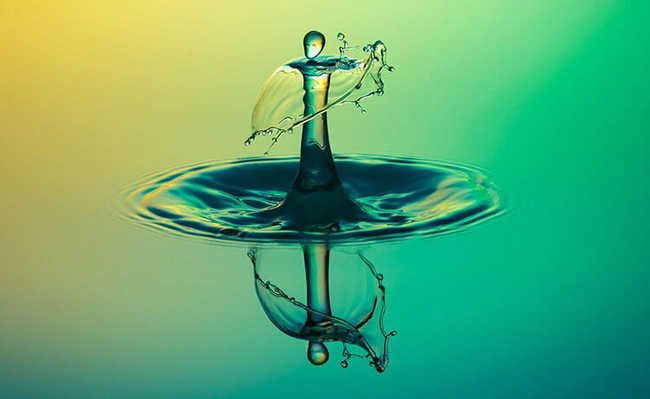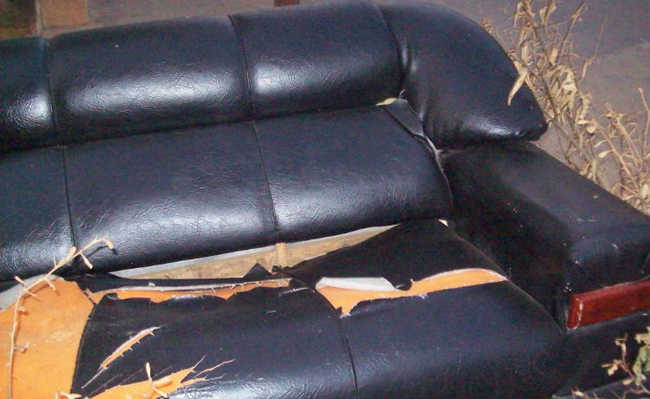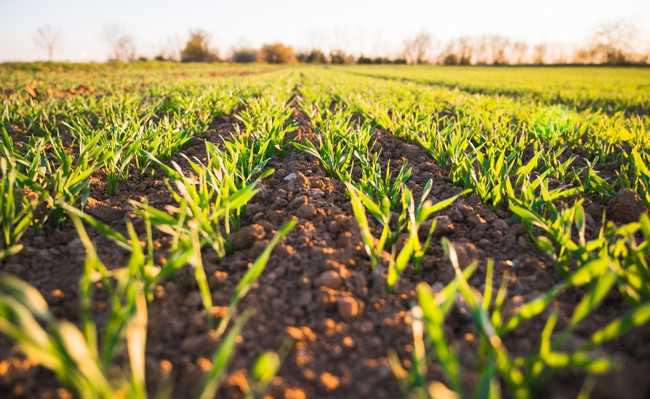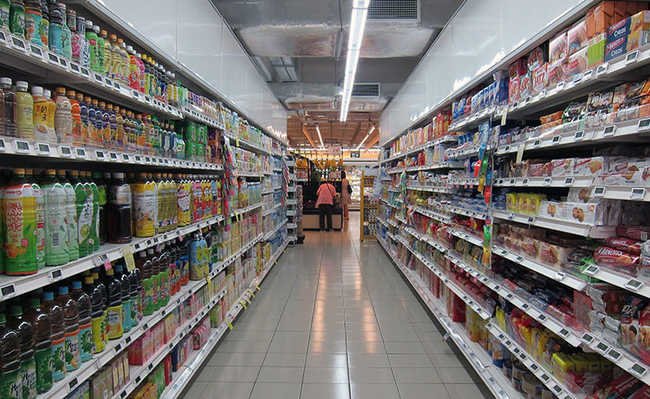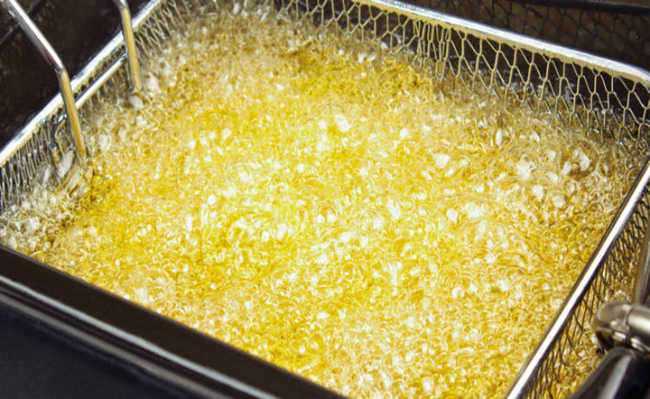What is ecodesign?
Ecodesign aims to alleviate the impacts arising from the unbridled exploitation of the environment, combining human priorities and business relationships

Noah Buscher image in Unsplash
Ecodesign is an environmental management tool focused on the design phase of products and their respective production, distribution and use processes. The Ministry of the Environment defines as ecodesign any process that includes environmental aspects in which the main objective is to design environments, develop products and perform services that will somehow reduce the use of non-renewable resources or even minimize the environmental impact during its cycle. life. In other words, the concept is applied to reduce waste generation and save final disposal costs.
The concept of ecodesign originated in the early 1990s, with the efforts of the US electronics industries to create products that are less harmful to the environment. According to Paula Carolina Vilaça, ecodesign tends to minimize environmental impacts, reduce production costs and provide companies with a competitive advantage in a market that every day places greater emphasis on sustainable development. Thus, the use of product development techniques must contain items in its base that enable the generation of materials with a view to ecodesign, ensuring minimal environmental impact.
Why is ecodesign so important?
Ecodesign is a fundamental part of the circular economy, a strategy that tries to extend the value of products indefinitely, keeping them within a closed circuit and free from waste. The design with sustainable materials allows circular economy goods to end their useful life in conditions of having new functions, unlike the linear economy, which is based on the principle of buy, use and discard.
In this way, ecodesign follows the entire development process of these products, from the raw material to how they arrive in the hands of consumers and are discarded. Therefore, ecodesign aims to mitigate the impacts arising from the unbridled exploitation of the environment, combining human priorities and business relationships.
Ecodesign principles
- Low environmental impact materials: use less polluting materials, which have a sustainable production, preferably recyclable, or which require less energy to manufacture;
- Energy efficiency: employing means of manufacturing that consume less energy or have an energy source that is less harmful to the environment;
- Quality and durability: to manufacture products that have a longer lifespan in order to generate less waste;
- Modularity: develop objects in which parts can be easily exchanged in case of defect, preventing the product from being replaced, generating less waste;
- Reuse/Reuse: build objects from the reuse and reuse of others.
Main benefits of ecodesign
Ecodesign is a practice that generates countless benefits. Are they:
Economy
Ecodesign's main objective and benefit is to promote rationing and the intelligent use of resources, both environmental and financial.
market authority
A company or professional that adopts ecodesign as a guideline stands out from the rest. This is because, despite not being predominant, sustainability is a growing concern within the parameters of new consumption habits. In this way, in addition to adding value, being a sustainable professional helps to differentiate.
Complies with environmental legislation
One of the advances resulting from the achievements of the environmental movement and other sectors of society is the creation of ecological regulations and laws. Thus, in the case of ecologically engaged architects, who aim to undertake projects for sustainable construction, for example, their actions will not be limited to a law, but to the principles that underpin ecodesign itself.
eco-efficiency
It directly refers to the performance and effectiveness that a product or service built along the lines of ecodesign must present. After all, one of the pillars that structure sustainable solutions is directly related to the conditions of productivity and functionality of a project. This is done by optimizing the resources invested and their savings.
competitive edge
Establishing guidelines and means of production or any ecodesign project based on a sustainable management concept makes your work and service different from others. It is a way of producing added value to your business, as the construction of environmental awareness has been cultivated in all spheres of society, especially in the market.
Ecodesign Trends
Currently, it is possible to highlight countless ecodesign trends in the most diverse areas. Check out:
Architecture and interior design
In architecture and interior design, ecodesign stands out for the manufacture of objects that, in addition to being functional, are ecologically optimized and integrated with environment automation systems.
- Learn more in the article "What is bioarchitecture?"
engineering and construction
In engineering and civil construction, ecodesign trends have manifested themselves in the most diverse stages, from the choice of raw material to post-use.
- Choice of raw material: materials considered “unconventional” have been used. They require the least amount of energy and produce fewer polluting gases in their manufacturing process. Furthermore, they represent the ideal union between ecodesign and sustainability, as they can be reused and reintegrated into nature more easily.
- Resource reuse: Water is one of the most needed resources in any construction project. Therefore, the reuse of this and other similar resources is a practice present in this trend.
- Energy efficiency: to align thermal, lighting and acoustic comfort based on sustainable development, local climatic conditions are used in favor of the property being built. Some examples of this strategy are: ventilated facades and construction of intelligent buildings – completely optimized according to the climate and other ecological aspects of the environment.
- Alternative energy sources: the use of sustainable energy sources is also associated with the energy efficiency of a building. Photovoltaic energy is an example of this trend.
Fashion
In the fashion industry, ecodesign presents itself in movements such as the Slow Fashion. In contrast to the fast fashion - current fashion production system that prioritizes mass manufacturing, globalization, visual appeal, the new, dependency, concealing the environmental impacts of the product life cycle, cost based on labor and cheap materials without take into account social aspects of production -, the slow fashion emerged as a more sustainable socio-environmental alternative in the fashion world.
This movement values diversity; prioritizes the local over the global; promotes social and environmental awareness; contributes to trust between producers and consumers; it practices real prices that incorporate social and ecological costs; and maintains its production between small and medium scales.



